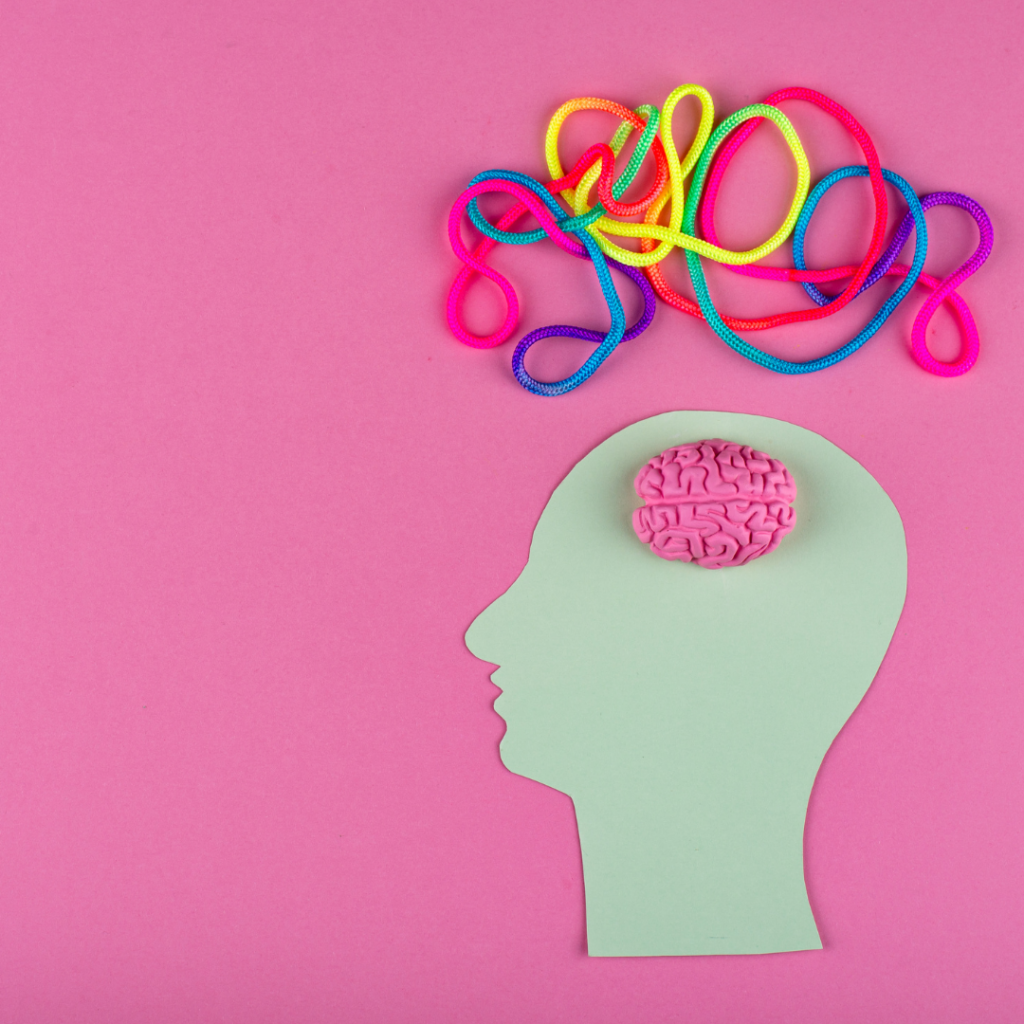

Design for Diversity
As many as one in five of us are neurodivergent in some way – Neurodiversity at work: a biopsychosocial model and the impact on working adults.
An estimated one in 100 people in the UK experience some degree of autistic traits, with over four times as many boys as girls receiving a diagnosis – What is autism?
A recent large-scale study of ‘neurotypical’ students found that around one in three presented with some level of autistic traits, even though they had no formal diagnosis – Experiences of Autism Acceptance and Mental Health in Autistic Adults.
Surprisingly, the male:female ratio of around 2.3:1, significantly more women than the classic models (4:1) or more recent work would predict (3:1) – Understanding the Reasons, Contexts and Costs of Camouflaging for Autistic Adults.
And yet, a recent survey of over 1,000 neurodivergent employees found that over half didn’t feel that their organisation is open or supportive enough to discuss neurodiversity at all – Half of neurodivergent employees don’t feel supported at work.
This may be one reason why almost one-third of respondents haven’t told their line manager or HR about their neurodivergence, with over one-quarter concerned about the impact on their career – One in five neurodivergent employees have experienced harassment or discrimination at work because of their neurodivergence.
In this excellent review of the context and adaptations, Doyle notes that the average cost of those adjustments is just £1,200, a small price to pay for the competitive advantage and unique skill sets that a neurodivergent team can bring – Neurodiversity at work: a biopsychosocial model and the impact on working adults.
When it comes to the lights, what does designing for diversity mean?
The BSI standard Design for the Mind, along with these two guidelines are a great place to start US regulations – Guide to the ADA Accessibility Standards, in the UK here – reference pages 24-26 – The Building Regulations 2010.
In summary:
Plus, low glare and flicker.
Perhaps instead of the term Neurodiversity, we should adopt the brilliant Jean Hewitt’s term, Neuroinclusivity – spaces where we are all included and encouraged to be our uniquely brilliant selves.
Heading to a museum or a gallery today?
Take a look at the lights!
This energy-conscious museum in Barcelona was able to cut the actual amount of light they needed by up to 30% – and keep the same perceived level of brightness – simply by choosing different colour temperature lights for different types of information. Attention Guidance, Perceived Brightness and Energy Demand in Retail Lighting.
This special issue from Leukos offers a sobering warning of dangers of the drive for energy-savings through LED lighting including accelerated ageing of delicate pigments and fabrics. It also points to exciting potential for spectral tuning tailored for specific artworks and sophisticated calibration of the brightness, colour temperature and colour rendering properties of the context or frame as well as the artwork itself – New Museum Lighting for People and Paintings.